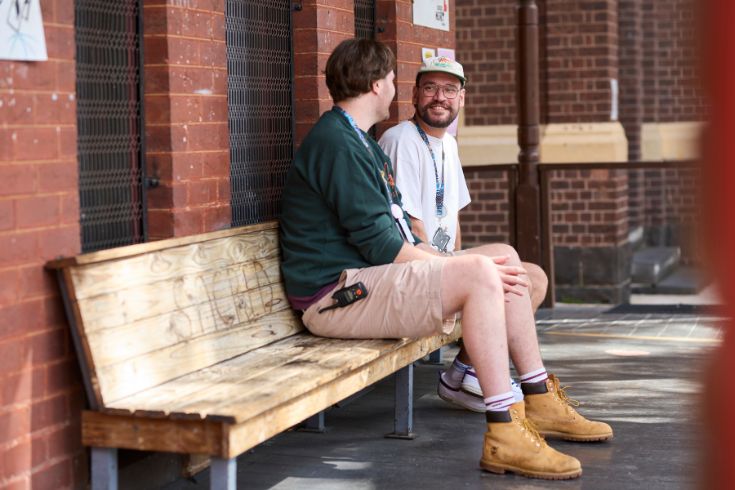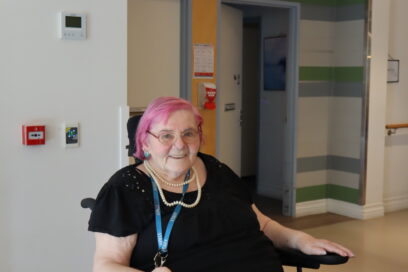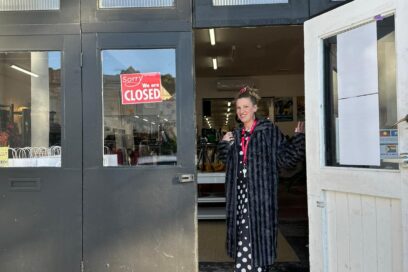A tool we have been developing for five years to help assess and demonstrate how we are assisting people experiencing homelessness has been validated and endorsed by the Centre for Social Impact (CSI) at the University of Western Australia (UWA).
According to the CSI UWA, which is a multi-disciplinary research centre, community service agencies such as Sacred Heart Mission are increasingly seeking to measure the difference they make to the people they serve.
In order to do this, Professor Paul Flatau says organisations need a tool they can use to measure outcomes achieved on an ongoing basis in a service context, as well as a survey that will guide goal setting and planning in the context of the case management relationship.
“Sacred Heart Mission’s Client Outcomes Survey, has been validated by the Centre for Social Impact at the University of Western Australia in the context of fitness for purpose for use in a service setting.”
– Statement of validation, CSI UWA June 2019
“Sacred Heart Mission works with people to achieve personal goals in five areas: housing; health and wellbeing; independence; social participation; and economic participation, which is defined in the survey questions,” Paul says.
“These interrelated social outcomes are essential to maintaining housing and ending the cycle of long-term homelessness.”
“For each outcome the relevant survey questions display good internal consistency reliability, and each question makes a meaningful contribution to the outcome subscale, helping to assess progress towards these goals.”
People and Strategy, General Manager, Leanne Lewis says the validation recognises Sacred Heart Mission has valuable learnings about its ‘Trauma Informed Client Support and Planning Outcomes Tool’, known as TICSPOT, to share with the community services sector.
“We are happy to share our experience in this space and we have incorporated into the survey all recommendations made by CSI to improve this tool,” Leanne says.
“We are currently looking at options for making our tool available to the sector more broadly.”
Leanne says the community services sector and government started conversations about measuring outcomes in 2015, but the sector is still at the beginnings of development.
“Measuring and reporting outcomes is a huge opportunity for community service agencies to demonstrate their effectiveness, increase their impact and include valuable input from clients into the process,” Leanne says.
“The tool also supports our clients to set and achieve personal goals and to reflect on the amazing changes many of them make in their lives.”
At the National Housing Conference in Darwin recently, Leanne presented on TICSPOT and how the tool is helping Sacred Heart Mission collect data to challenge disadvantage and social exclusion experienced by our clients.
“Being outcomes-focused is also having more meaningful conversations with clients, which allows them to see their progress, and lets us build evidence that our work makes meaningful change and ultimately ends homelessness,” Leanne says.
“The goal is for outcomes-based case management to be standard practice across Sacred Heart Mission, and we want to see the community service sector benefit too.
“Knowing we have the ability to set the precedent for outcomes measurement in the sector, we are committed to refining the process and applying best practice.”
Sacred Heart Mission has tested and developed TICSPOT with pro-bono support from Accenture, who will continue to work with Sacred Heart Mission on improving the tool to be more user-friendly.
More broadly, Sacred Heart Mission is currently participating in a working group led by the Council for Homeless Persons, to influence the design and implementation of outcome measurement frameworks for the sector and State Government.












